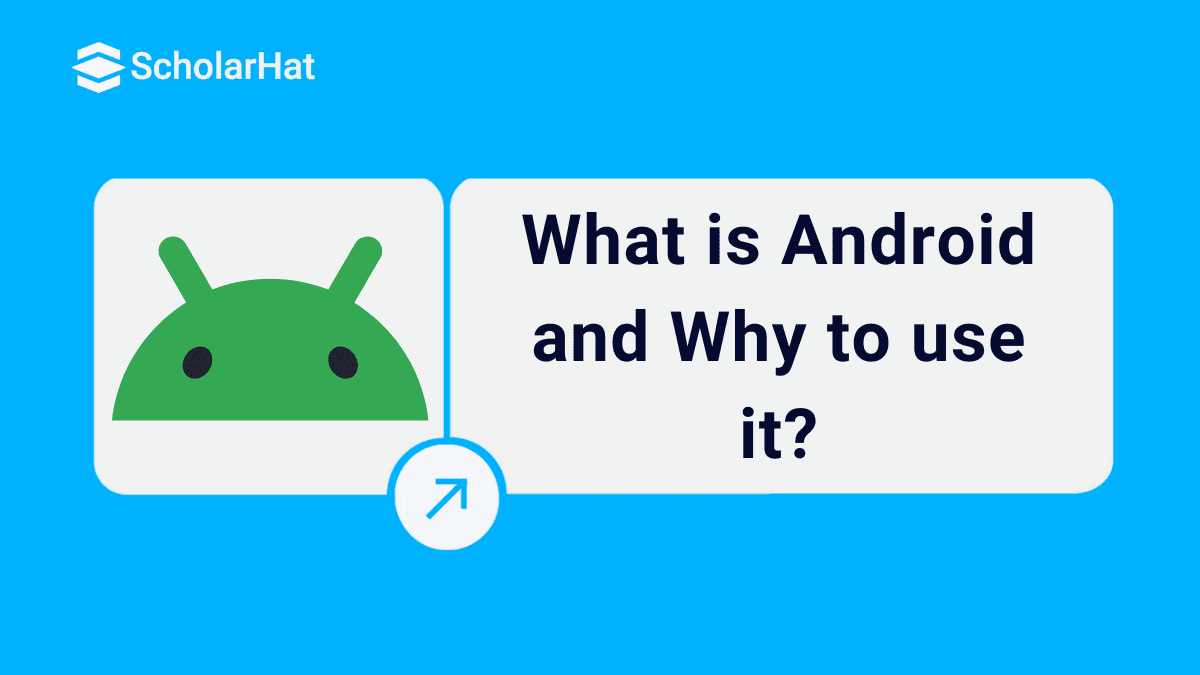21
NovWhat is Android and Why to use it?
Android is an open-source and Linux-based operating system. It was first introduced on Nov 5, 2007. It was originally developed by Android Inc. and subsequently purchased by Google.
Basically, Android is thought of as a mobile operating system. But it is not limited to mobile-only. It is currently used in various devices such as mobiles, tablets, televisions, etc.
Android provides a rich application framework that allows us to build innovative apps and games for mobile devices in a Java language environment.
The Android open-source software stack consists of Java applications running on a Java-based, object-oriented application framework on top of Java core libraries running on a Dalvik virtual machine featuring JIT compilation.

Features of Android
There are numerous features of android. Some of them are listed below:
Why Android?
There are so many reasons you should choose the Android platform for mobile application development.
Zero/negligible development cost
The development tools like Android SDK, JDK, and Eclipse IDE, etc. are free to download for the android mobile application development. Also, Google charges a small fee of $25, to distribute your mobile app on the Android Market.
Open Source
The Android OS is an open-source platform based on the Linux kernel and multiple open-source libraries. In this way, developers are free to contribute to or extend the platform as necessary for building mobile apps which run on Android devices.
Multi-Platform Support
In the market, there is a wide range of hardware devices powered by the Android OS, including many different phones and tablets. Even the development of android mobile apps can occur on Windows, Mac OS, or Linux.
Multi-Carrier Support
World wide a large number of telecom carriers like Airtel, Vodafone, Idea Cellular, AT&T Mobility, BSNL, etc. are supporting Android-powered phones.
Open Distribution Model
Android Market place (Google Play store) has very few restrictions on the content or functionality of an android app. So the developer can distribute their app through the Google Play store and as well other distribution channels like Amazon’s app store.
The challenges of Android app development
- Building for the multiscreen world of devices
- Getting performance top of the priority
- Keeping our codebase and the user's data the most secure
- Make sure your app will be compatible with older platform versions and backward compatible at the same time
- Understanding the consumer market and the intent of the users
Android has been accepted by the tech giants for their products and its up and running in the Android play store, thus above-mentioned challenges are there but keep in mind that the Android applications are running on billions of handheld devices around the world and supports various form factors including the set of wearable devices and television. Every device comes in different sizes and shapes, which affects how we design the multiple screens of the app and UI elements in your apps.
What do you think?
I hope, that now you have a better understanding of Android. I would like to have feedback from my blog readers. Your valuable feedback, question, or comments about this article are always welcome.



